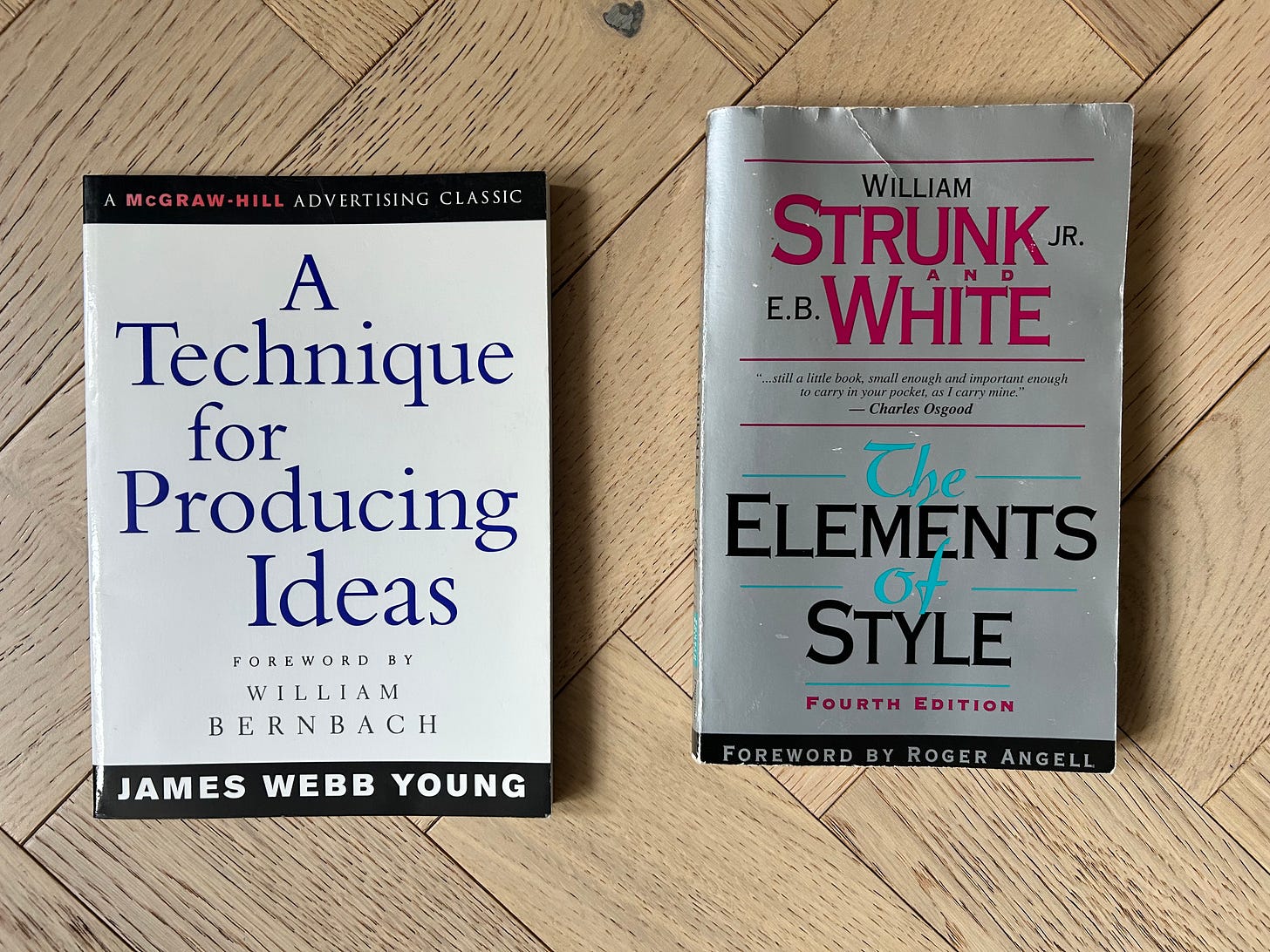LRN No. 46: the best writing advice in the world
Plus: finding inspiration in a jar of pickled moles
The response to my interview with Rebecca Burke has been quite overwhelming. It was a privilege to have helped share her story, to have got to shine a light on both what women endure inside immigration detention facilities in the USA and on Becky’s talent as an artist. Her plans for a comic are moving fast - see her Instagram for the latest.
I have a piece out in the Guardian tomorrow that’s been several years in the making. It’s one of the most extraordinary stories I’ve ever encountered. The best and the worst of humanity is contained within it, and I cried when I was transcribing the interviews for it, which never happens. I hope I have done it justice.
Good writing doesn’t come naturally to me. I know how to structure a story - I hear it in my head as if I were remembering a tune, something I’d heard on the radio that I can hum, thinking, oh yes, I know how this one goes - but writing sentences that pop, that engage and move a reader, takes deliberate effort.
I learned everything I need to know from two books that are over 70 years old. I read them both about 15 years ago. They changed my life.
The Elements of Style by William Strunk and E.B. White (yes, that E.B. White), first published in 1959, is the big one. It is a list of grammatical rules and tips, and they are all useful in varying degrees, but, for me, Rule 17 is the big one:
Omit needless words.
Vigorous writing is concise. A sentence should contain no unnecessary words, a paragraph no unnecessary sentences, for the same reason that a drawing should have no unnecessary parts. This requires not that the writer make all sentences short, or avoid all detail and treat subjects only in outline, but that every word tell.
If there is a more vigorous, concise paragraph than this, I’ve yet to read it.
Rule 16 is pretty great, too.
Use definite, specific, concrete language.
The greatest writers - Homer, Dante, Shakespeare - are effective largely because they deal in particulars and report the details that matter. Their words call up pictures.
First published in the 1940s, A Technique For Producing Ideas by the advertising exec James Webb Young is not beautifully written. It’s a pamphlet, really - it runs to less than 50 pages with double line spacing - but it contains a simple kernel of wisdom.
Webb Young says that ideas are new combinations of old elements. The technique for producing them is a five step process:
Gather raw material - get specific and general knowledge about things
Go over the material thoroughly
Step away from the material. Go to sleep. Go see some art. Go to a concert. Have a bath. Go for a walk
Out of nowhere, an idea will appear. Allow it come to you naturally
Subject the idea to rigorous criticism from others in the real world.
It’s Step 3 here that is the crucial one for me. It works. Fill your mind with stuff, and then stimulate your subconscious by doing something else - filling your eyes and ears with wonderful things - and your brain will churn away in the background, knitting the raw material together in a new way, and then present you with an idea.
That’s why I am always actively looking for things to catch my eyes and ears. The more I fill my mind with stuff, the more I get rewarded with story ideas, or structure ideas, or phrases, approaches, ways of framing a story. (Plus, it’s a great excuse to indulge myself.)
With that in mind, here are the things that have caught my eyes and ears most recently:
visited Novelty Automation - a wonderful place with a terrible website - for probably the fifth time in my life. It’s a selection of satirical arcade games in Holborn, but it’s pretty much impossible to describe. Go there! It’s hilarious
spent a glorious day with the largest collection of conifer trees in the world at the Bedgebury pinetum
was intrigued by Errol Morris’ documentary about the Manson murders, and the conspiracy theories that surrounded them
marvelled at the famous jar of preserved moles at the Grant Museum of Zoology. And I was going to post a picture of it right here, but thought you might not want that over breakfast… let me know if I’m wrong about that.





Life is short. Post the moles.
Great tips, Jenny!
Will look out for your article this weekend.